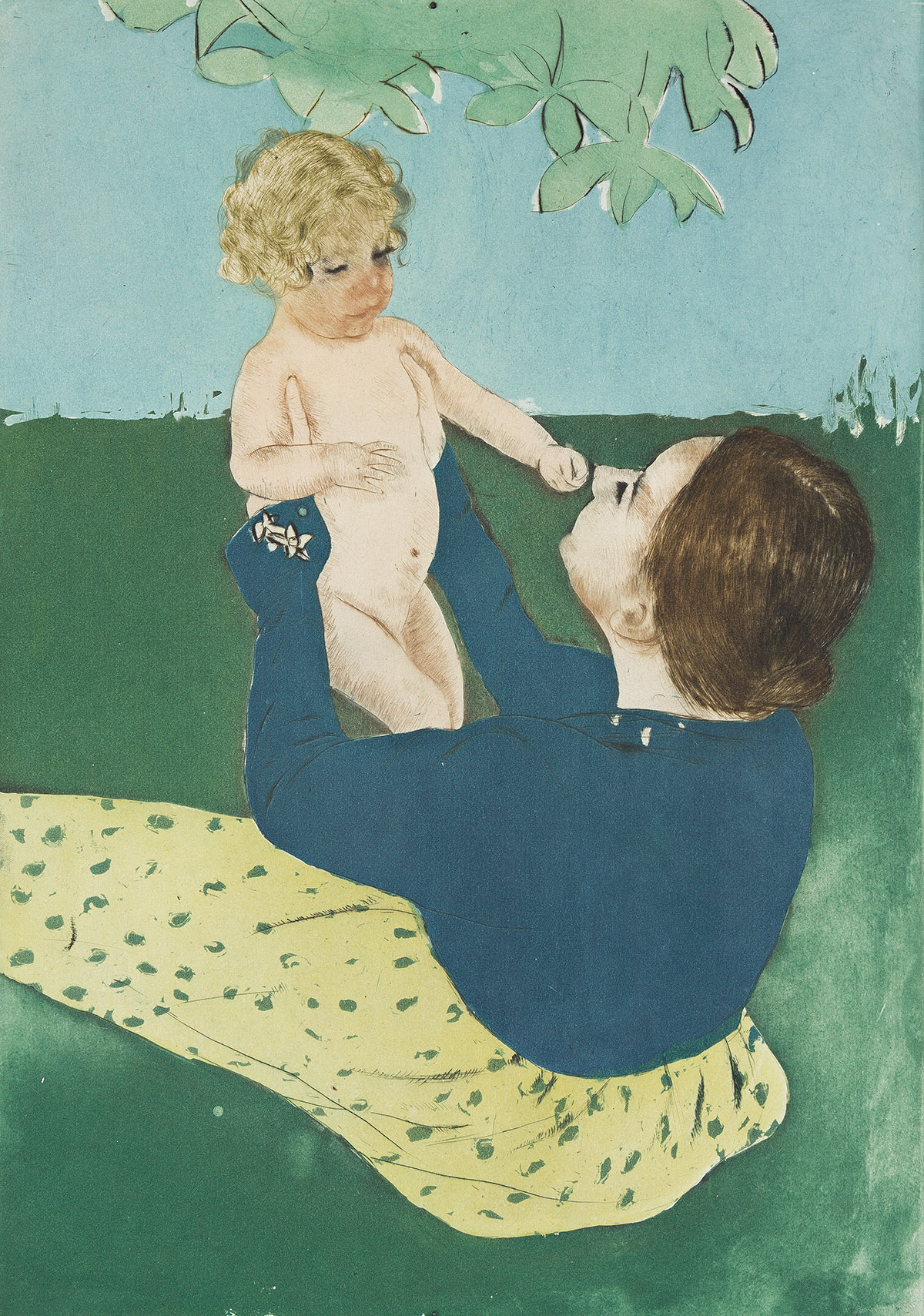Sale 2666 - Lot 259
Unsold
Estimate: $ 7,000 - $ 10,000


Aliquam vulputate ornare congue. Vestibulum maximus, libero in placerat faucibus, risus nisl molestie massa, ut maximus metus lectus vel lorem.